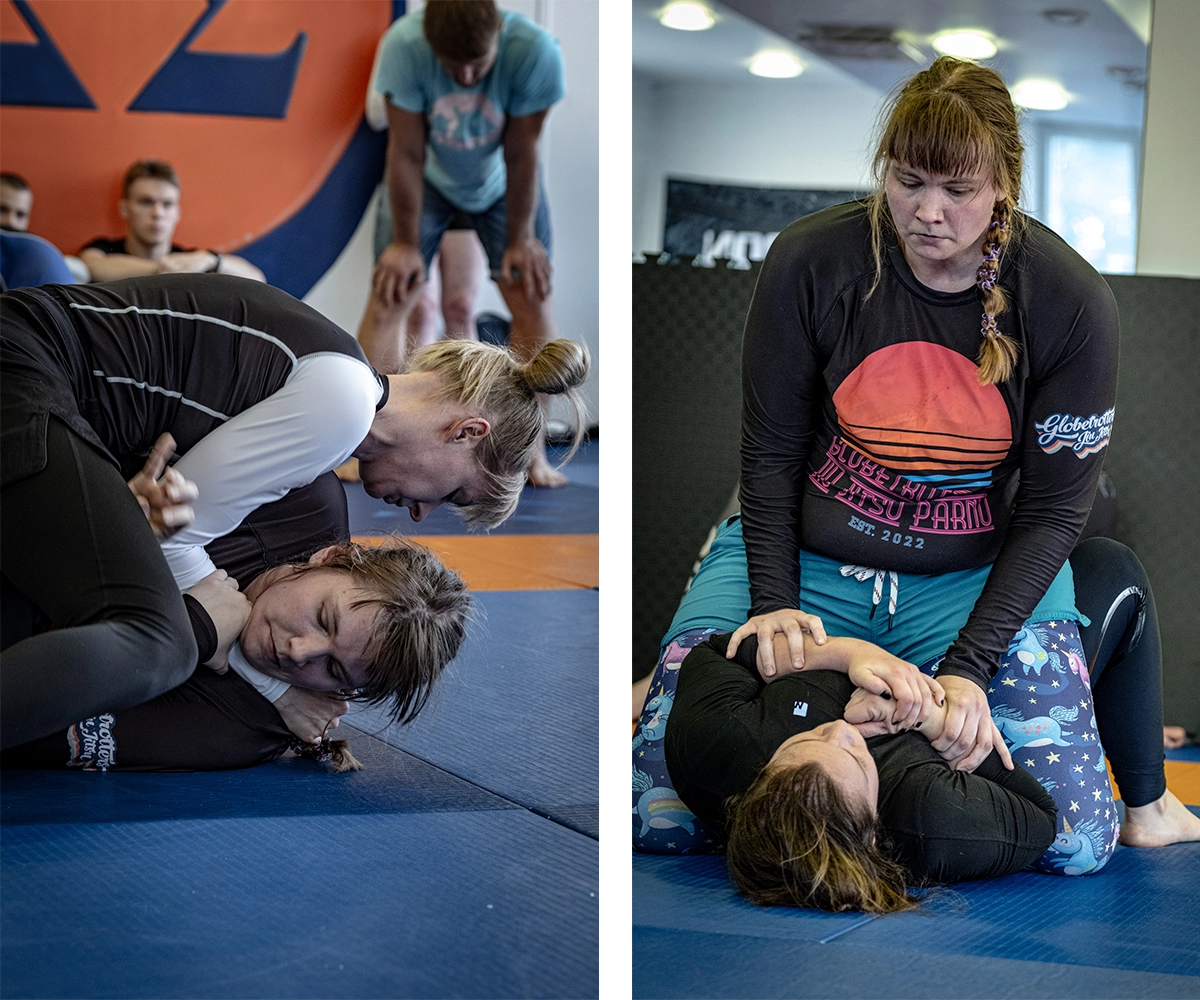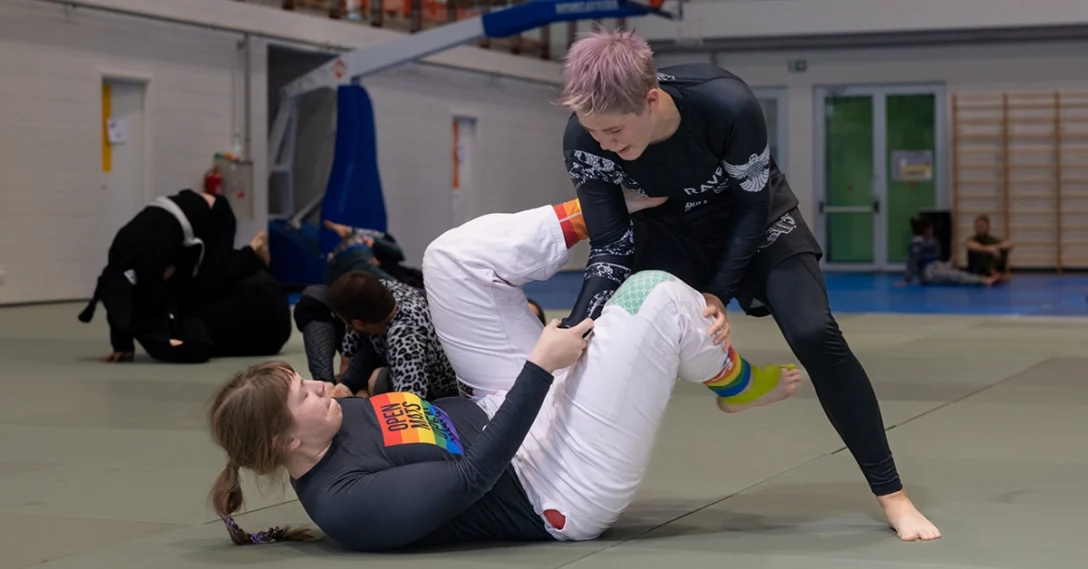I decided my life was getting a bit too easy and signed up for no-gi competitions for the first time ever. Some growth ensued.
When I started BJJ (almost five years ago, fuck), I kept a regime for over a year where I did my best to attend at least one no-gi class a week. Then 2020 hit and during the pandemic years, I slid into a life where I never grappled without collars, belts and sleeves if I could avoid it. The reason was quite simple: I don’t like no-gi.
I don’t like how slippery it is (or as no-gi people call it, dynamic). I don’t like not having the fabric to manipulate and I don’t like even watching no-gi stand-up cause it makes we worried someone’s going to get a neck injury. As for doing no-gi stand-up myself, I once performed an okay takedown via arm drag only to get kneebarred, so life’s a rich tapestry.
However, I liked the idea that no-gi can help combat some bad habits that the gi leaves room for. Stalling, fighting for a submission that isn’t really there, those type of things. I was curious what would happen if I actually made a bit of an effort with no-gi. Maybe I had even started to suspect I was missing out on something.
So in May, I decided to go to a gym tournament and Finnish Open again in August. My firsts in no-gi. Then I told everyone who would listen that I was doing this, which motivated me to train in no-gi too. I also embraced the no-gi heavy spaces I spent time in during summer. I went to the Globetrotters camp in Pärnu again, visited Gladiator Factory in Kuopio and invited myself to train at Estum Jiujitsu during a week in Tallinn. So if you are no-gi curious but too cool to admit to it, the peer pressure of everyone else turning up lightly dressed for training might be what you need.
How the Competitions Went
In May, I kept accidentally pinching my training partners as I was still chasing fabric that wasn’t there. So that was the starting point. Three months of consistent no-gi resulted in me stopping that, starting to move more during sparring and even rediscovering some submissions that work better with less fabric.
We reached competition time in August. In total, I won two matches (by points) and lost three. So funny enough, my no-gi winning record now stands at 40%, which is a lot better than my gi record. One win and one loss at Sigma Jiu-jitsu’s Nippon Sport Cup was enough for a silver medal this time round. It is now hanging from the same lamp my two earlier medals have lived on since Spring.

As a big person, I could minimise my wins by pointing out that opponents were again much smaller than me. As I have also lost many, many times against smaller opponents, I won’t do that. I have clearly improved in applying pressure and utilising windows of opportunity, like mounting when the opponent is trying to turtle. Of course I discovered a lot of room for improvement again. For example, I’m paying more attention to keeping a mount position now after being thrown off from there 4 times in 5 matches. Nothing gives me ideas to evolve my BJJ like competing does. Is happy I wasn’t too self-conscious to try it way back in 2019.
So yeah, not too shabby for someone who Doesn’t Do No-Gi.
5 of my favourite techniques that work in no-gi sometimes now
I never thought I’d say it, but I now have BJJ techniques I actually prefer to execute in no-gi. Here are five of them with explanations.
- The straight ankle lock. A classic I can now go for from a lot more places than I used to. Even more importantly, I’ve actually started to submit people with it, thanks to Pavel Kalesnik’s version that requires less care in the placement of the wrist bone.
- Kimura from north-south. Helpful in no-gi, as in gi the opponent can fight the kimura more by gripping their outfit.
- The arm triangle/side choke. No gi takes away my default front chokes, but the arm triangle works better with less fabric in the way, which is cool.
- The pendulum sweep. I trap the opponent’s arm with an underhook to keep them from posting.
- The rolling half guard sweep. My default half guard sweep is, maybe surprisingly, the scissor sweep, but that tends to require sleeve grips. I like this version in no-gi, especially as it can also be an entry for deep half guard.
In conclusion, making myself train in no-gi has even made me enjoy some parts of it. I have already returned to my usual pyjama wrestling schedule, but can be persuaded to throw the jacket off more often than before. Maybe I’ll even compete again in no-gi some day.

